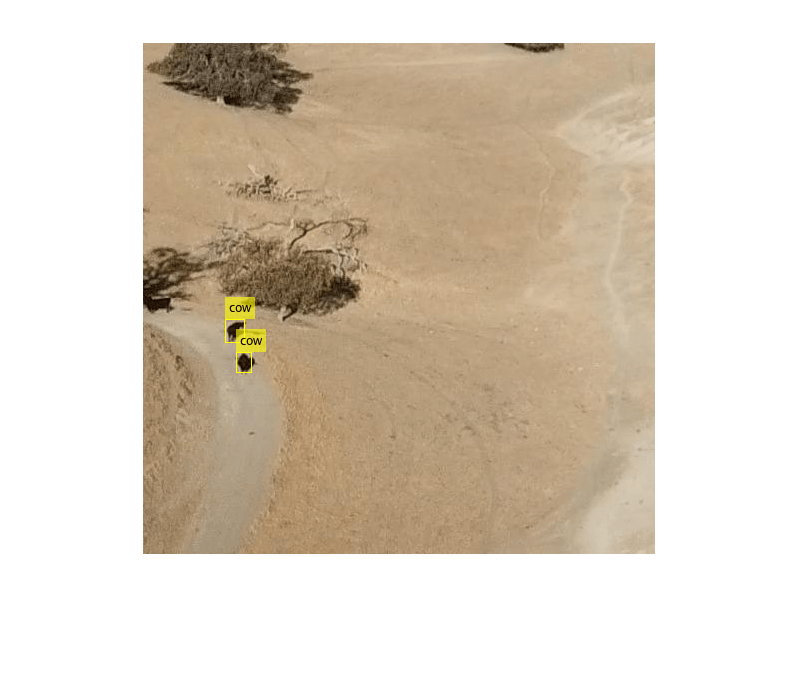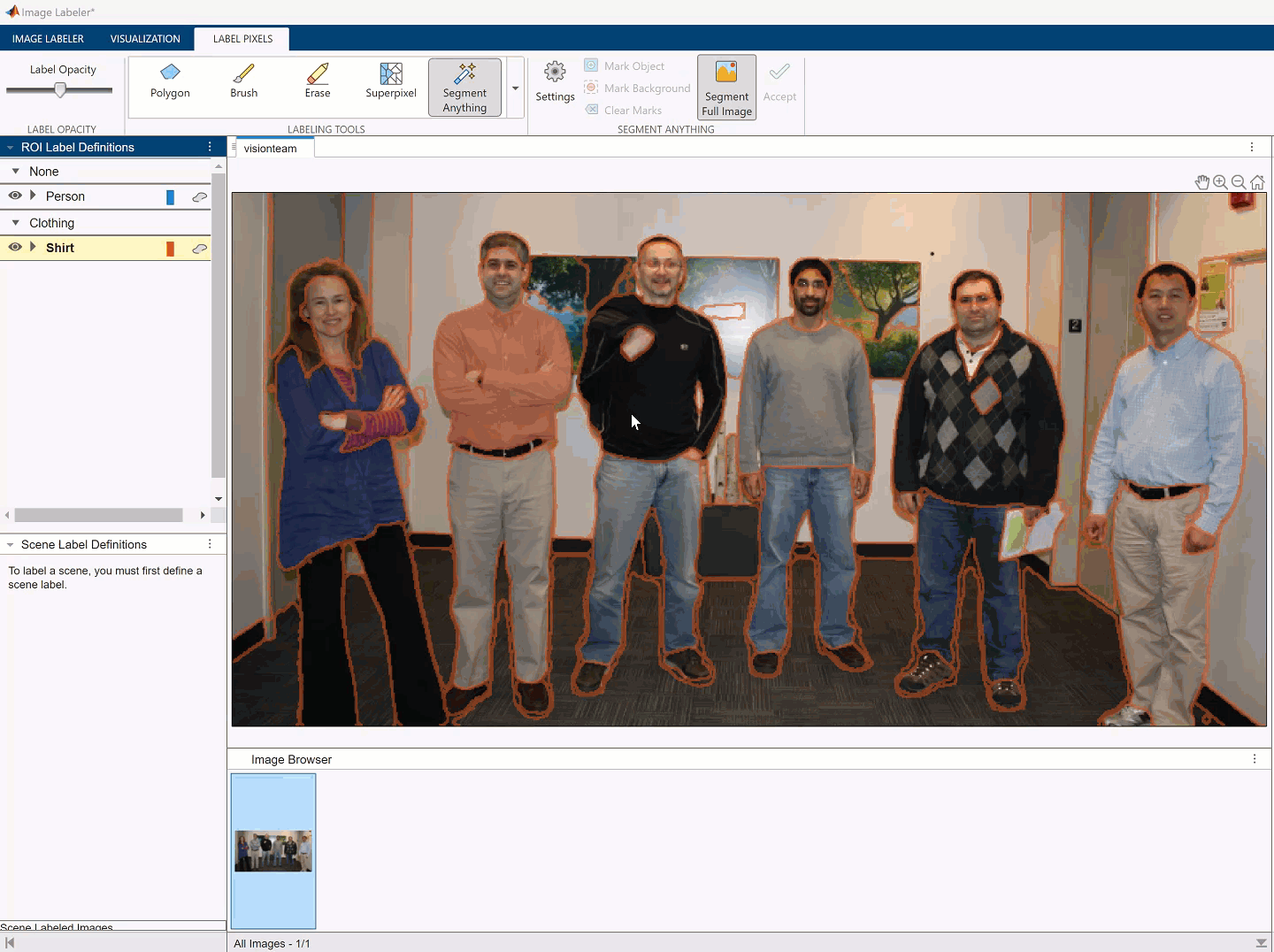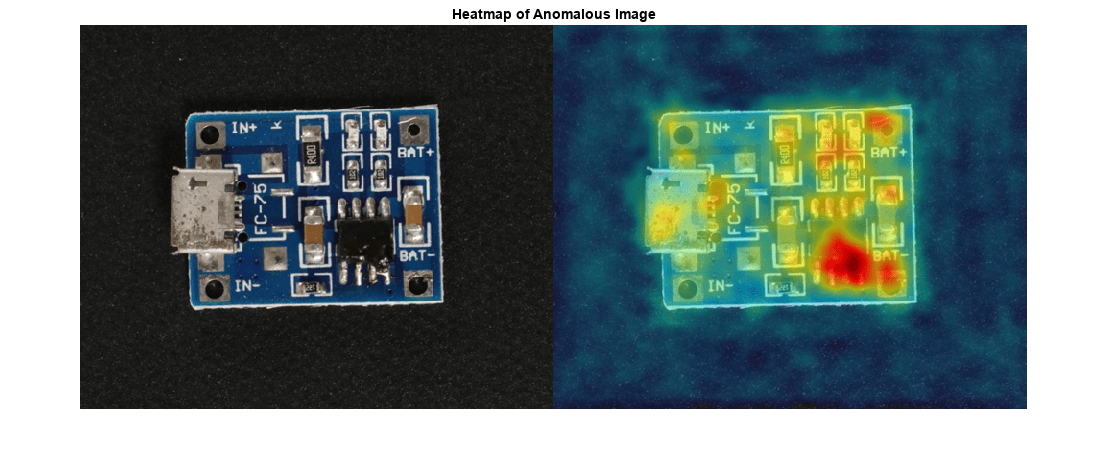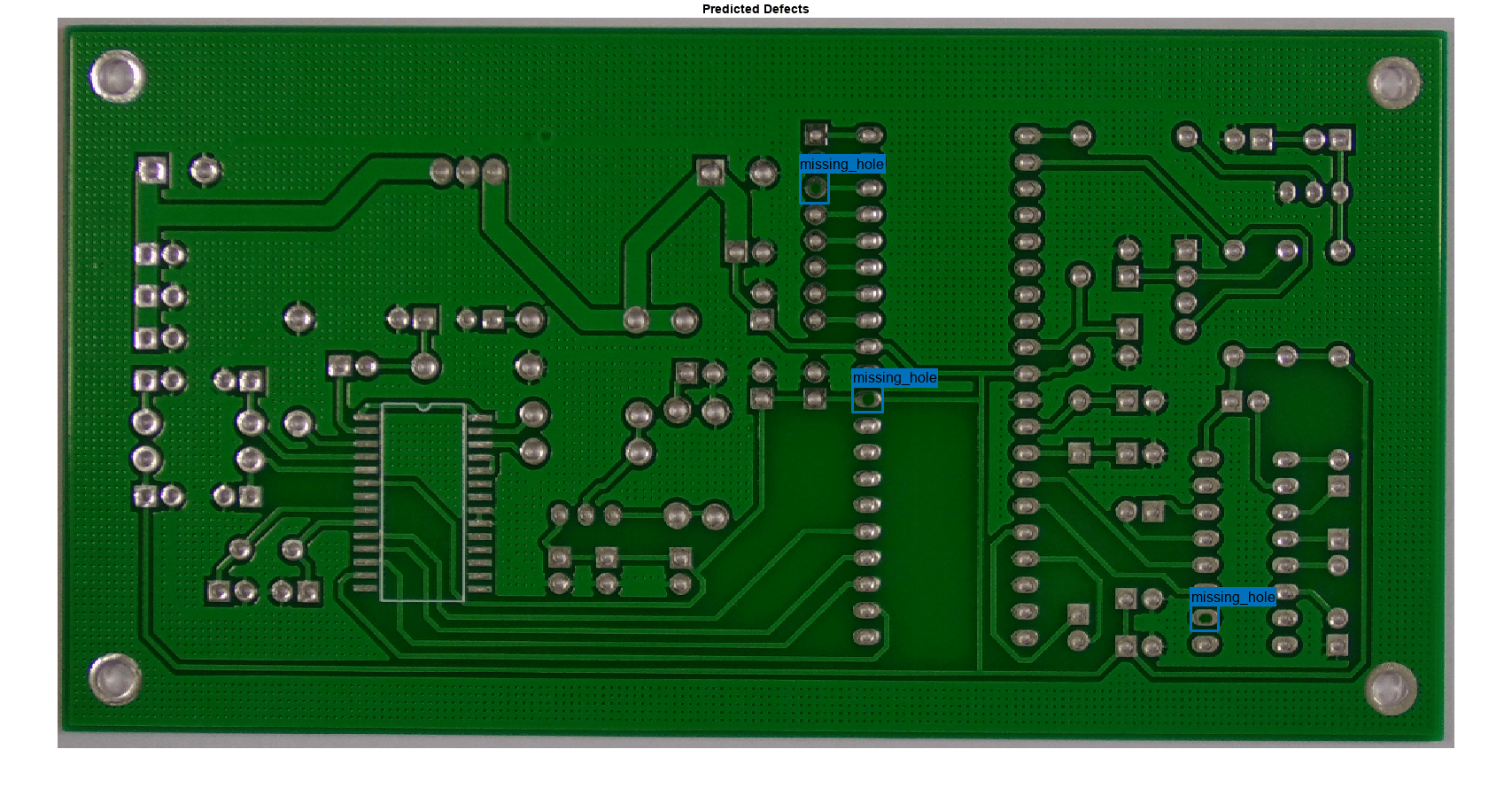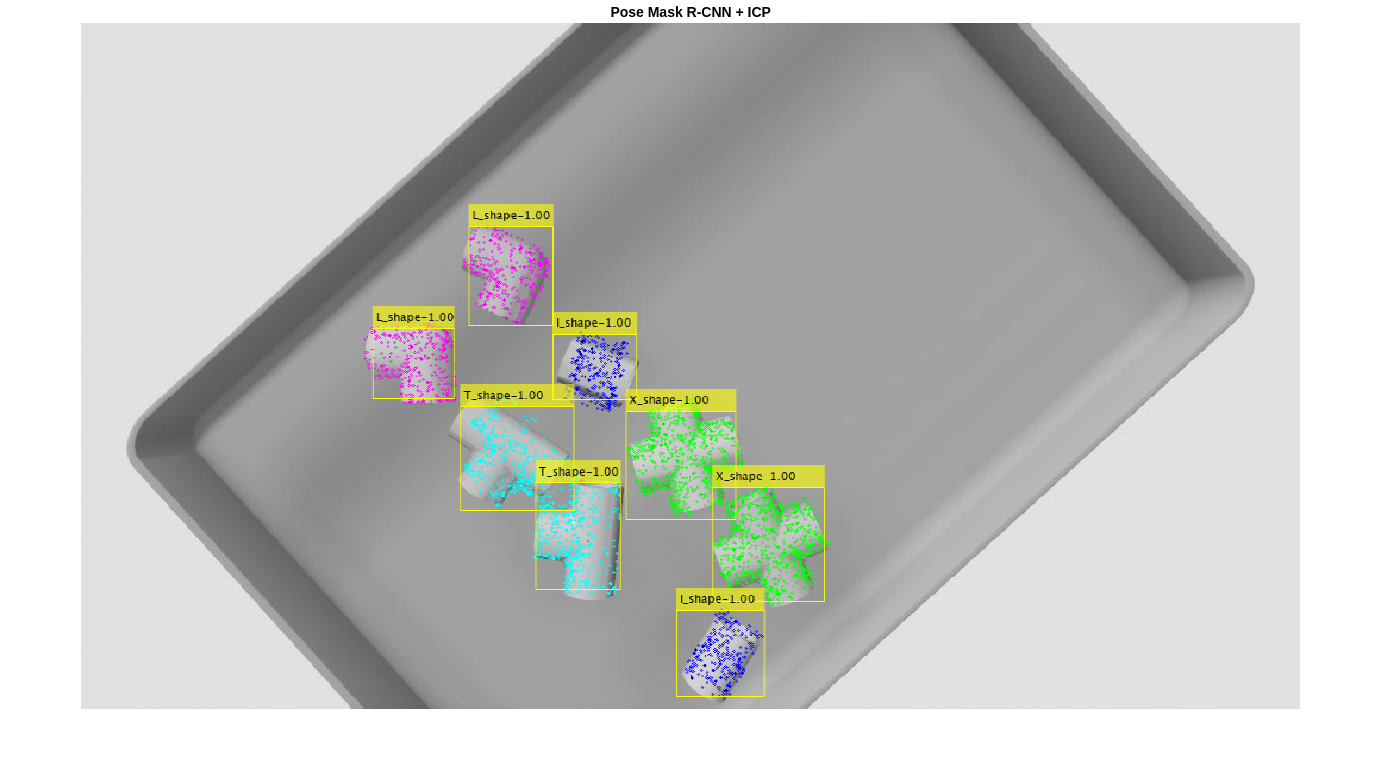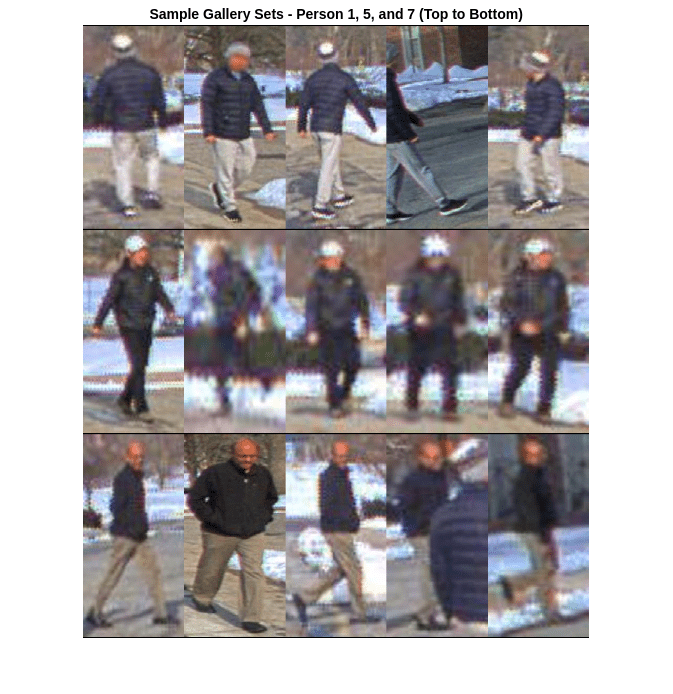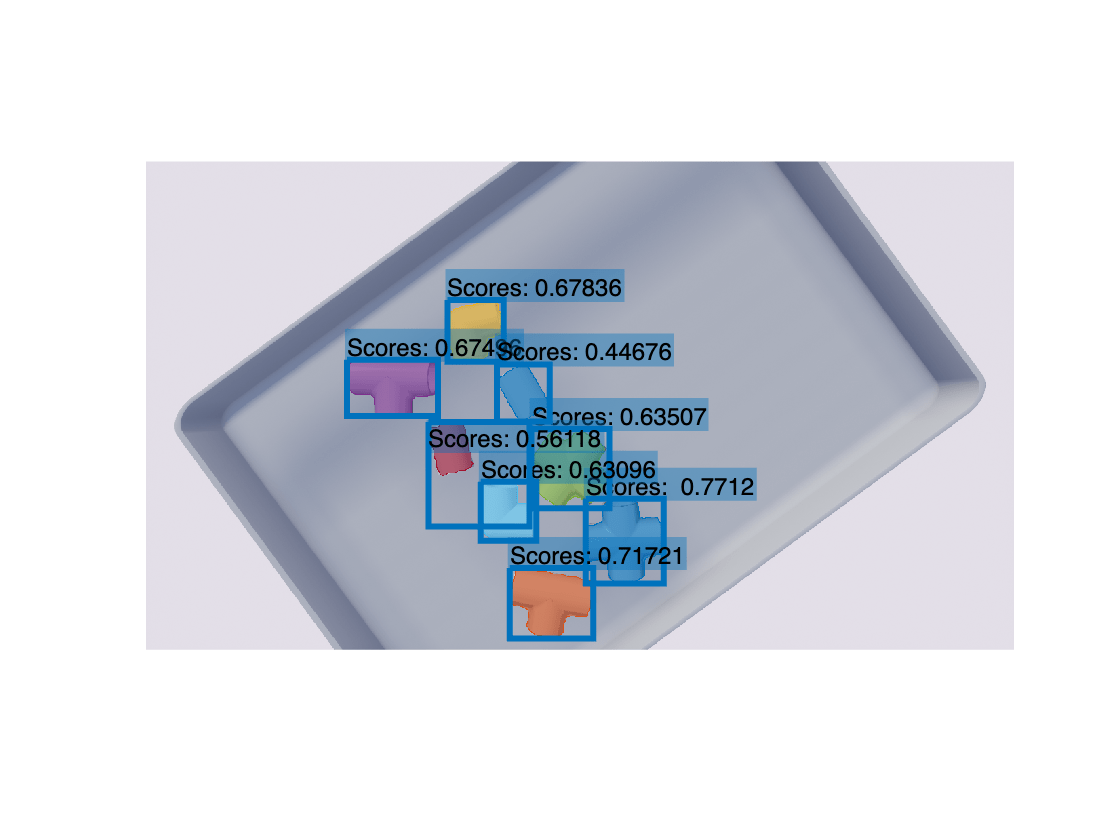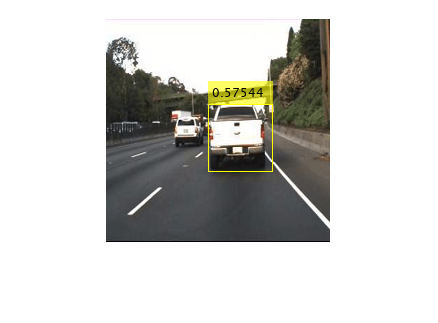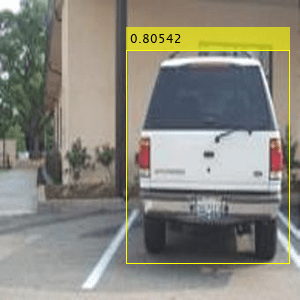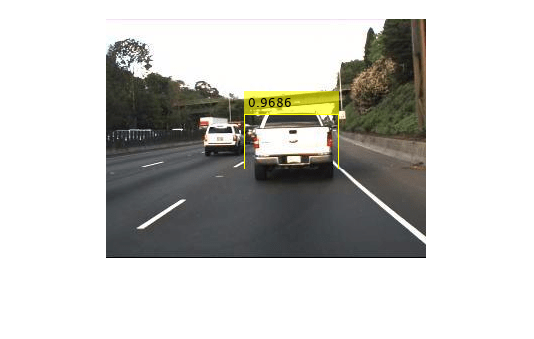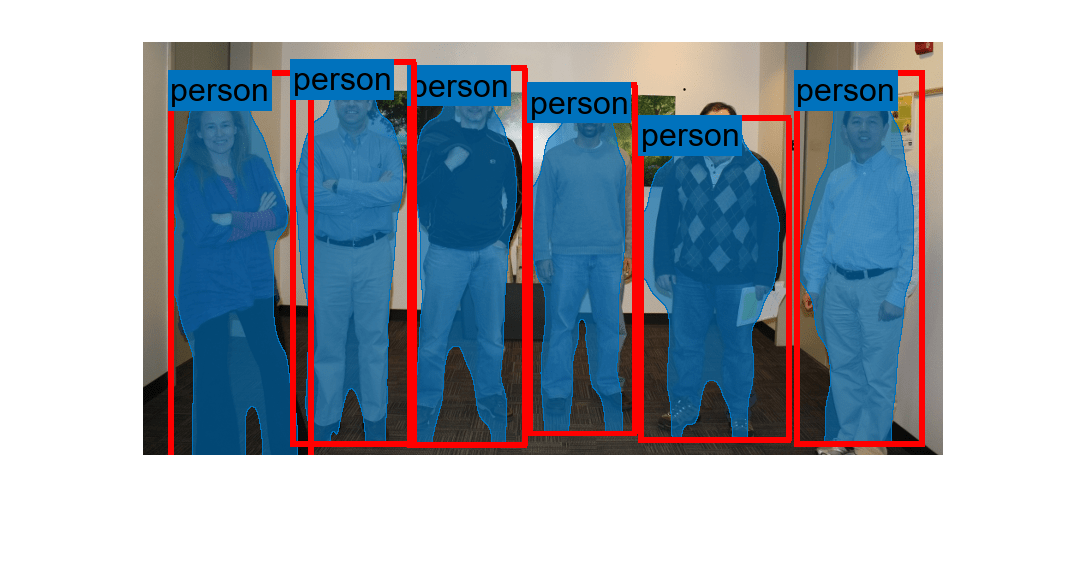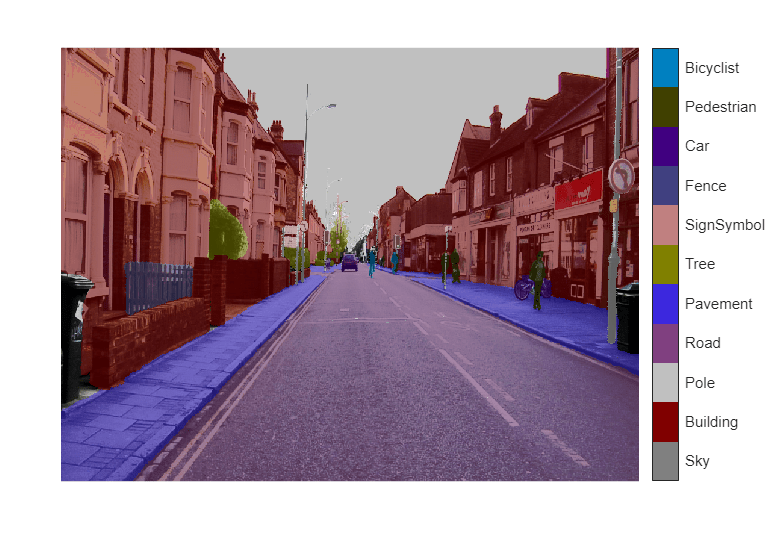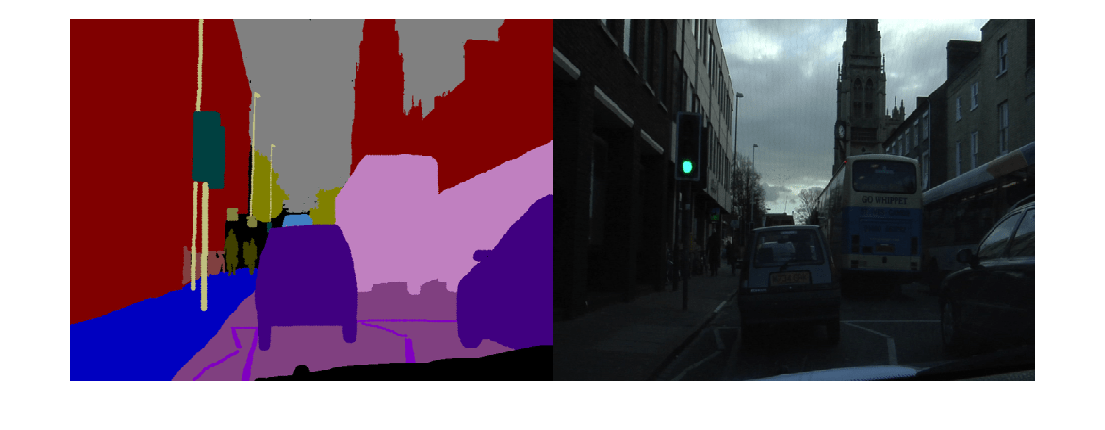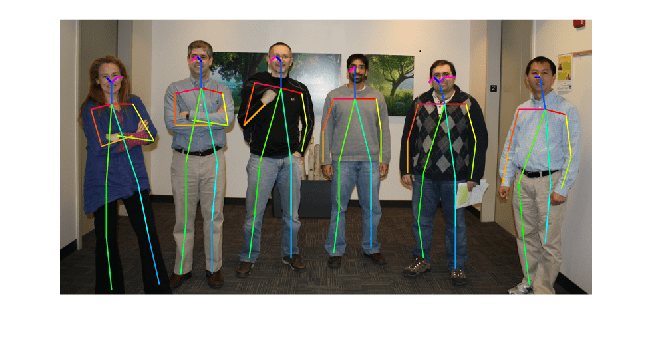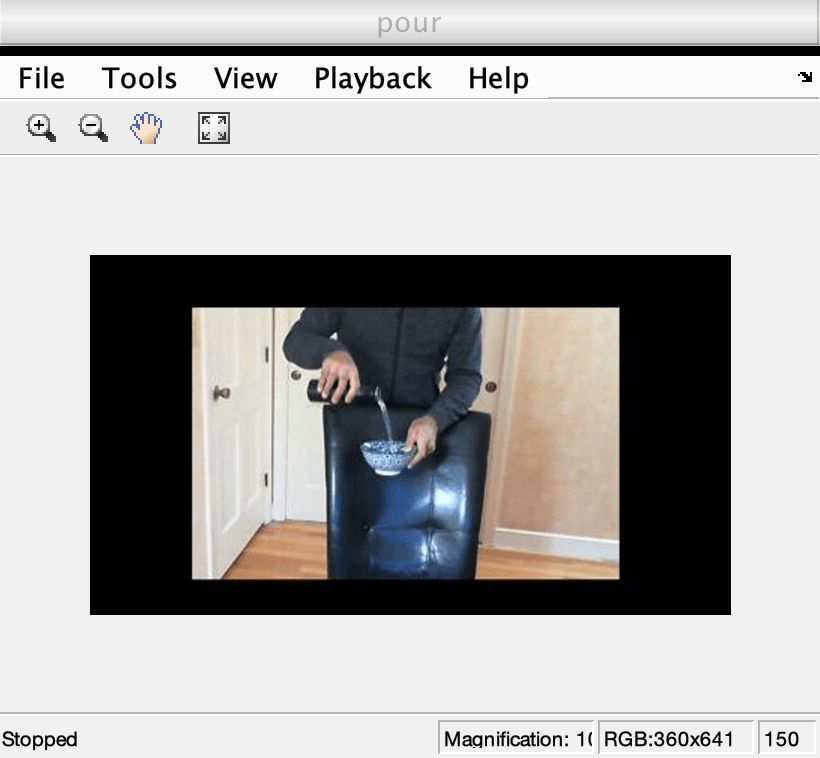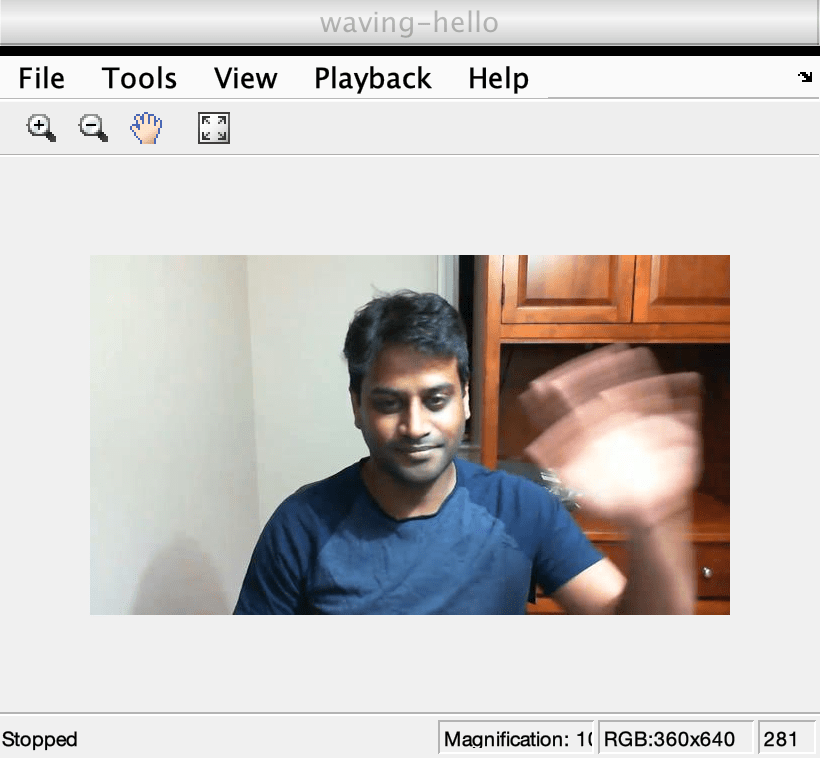计算机视觉
利用计算机视觉应用扩展深度学习工作流
通过将 Computer Vision Toolbox™ 与 Deep Learning Toolbox™ 结合使用,将深度学习应用于计算机视觉应用。
函数
主题
图像分类
- Train Vision Transformer Network for Image Classification
This example shows how to fine-tune a pretrained vision transformer (ViT) neural network to perform classification on a new collection of images.
目标检测和实例分割
- Get Started with Object Detection Using Deep Learning (Computer Vision Toolbox)
Perform object detection using deep learning neural networks such as YOLOX, YOLO v4, and SSD. - Get Started with Instance Segmentation Using Deep Learning (Computer Vision Toolbox)
Segment objects using an instance segmentation model such as SOLOv2 or Mask R-CNN. - Choose an Object Detector (Computer Vision Toolbox)
Compare object detection deep learning models, such as YOLOX, YOLO v4, RTMDet, and SSD. - Augment Bounding Boxes for Object Detection
This example shows how to perform common kinds of image and bounding box augmentation as part of object detection workflows. - Import Pretrained ONNX YOLO v2 Object Detector
This example shows how to import a pretrained ONNX™ (Open Neural Network Exchange) you only look once (YOLO) v2 [1] object detection network and use the network to detect objects. - Export YOLO v2 Object Detector to ONNX
This example shows how to export a YOLO v2 object detection network to ONNX™ (Open Neural Network Exchange) model format. - 将目标检测模型部署为微服务 (MATLAB Compiler SDK)
使用微服务检测图像中的目标。
自动化视觉检查
- Getting Started with Anomaly Detection Using Deep Learning (Computer Vision Toolbox)
Anomaly detection using deep learning is an increasingly popular approach to automating visual inspection tasks. - Detect Image Anomalies Using Explainable FCDD Network (Computer Vision Toolbox)
Use an anomaly detector to distinguish between normal pills and pills with anomalous chips or contamination. - Classify Defects on Wafer Maps Using Deep Learning (Computer Vision Toolbox)
Classify manufacturing defects on wafer maps using a simple convolutional neural network (CNN). - Detect Image Anomalies Using Pretrained ResNet-18 Feature Embeddings (Computer Vision Toolbox)
Train a similarity-based anomaly detector using one-class learning of feature embeddings extracted from a pretrained ResNet-18 convolutional neural network. - Localize Industrial Defects Using PatchCore Anomaly Detector (Computer Vision Toolbox)
Perform localization of anomalous defects in printed circuit boards (PCBs) using anomaly heat maps generated with the PatchCore anomaly detector.
语义分割
- Get Started with Semantic Segmentation Using Deep Learning (Computer Vision Toolbox)
Segment objects by class using deep learning networks such as U-Net and DeepLab v3+. - Augment Pixel Labels for Semantic Segmentation
This example shows how to perform common kinds of image and pixel label augmentation as part of semantic segmentation workflows. - 使用扩张卷积进行语义分割
此示例说明如何使用扩张卷积训练语义分割网络。 - 使用深度学习对多光谱图像进行语义分割 (Computer Vision Toolbox)
此示例说明如何使用 U-Net 对包含七个通道的多光谱图像执行语义分割。 - Explore Semantic Segmentation Network Using Grad-CAM
This example shows how to explore the predictions of a pretrained semantic segmentation network using Grad-CAM. - Generate Adversarial Examples for Semantic Segmentation (Computer Vision Toolbox)
Generate adversarial examples for a semantic segmentation network using the basic iterative method (BIM). - Prune and Quantize Semantic Segmentation Network
Reduce the memory footprint of a semantic segmentation network and speed-up inference by compressing the network using pruning and quantization.
视频分类
- Activity Recognition from Video and Optical Flow Data Using Deep Learning
This example first shows how to perform activity recognition using a pretrained Inflated 3-D (I3D) two-stream convolutional neural network based video classifier and then shows how to use transfer learning to train such a video classifier using RGB and optical flow data from videos [1]. - Gesture Recognition using Videos and Deep Learning
Perform gesture recognition using a pretrained SlowFast video classifier.

